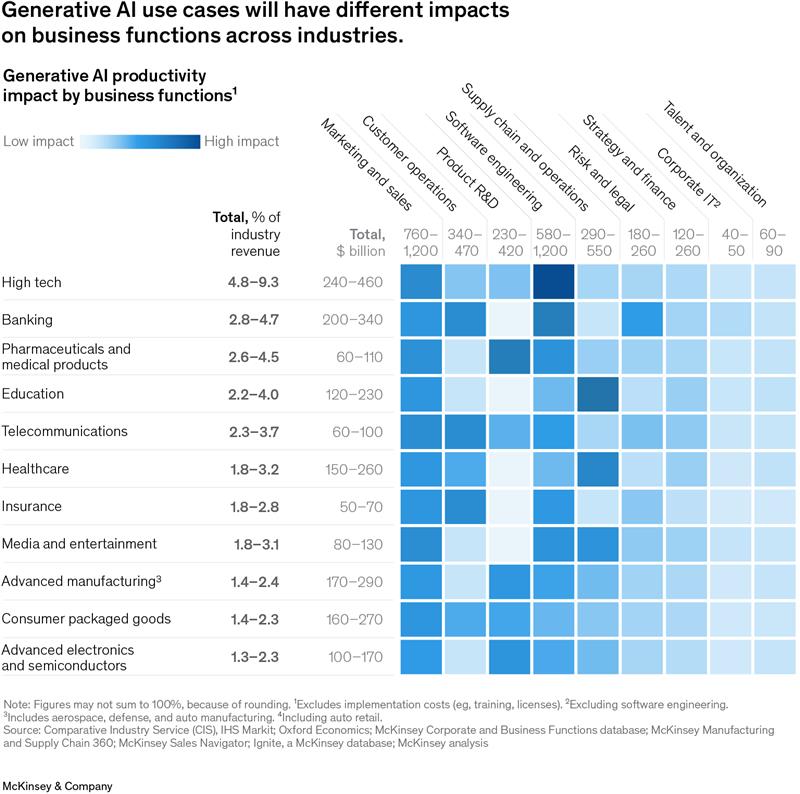Why PWAs Are Revolutionizing 2024?
Progressive Web Apps (PWAs) have transformed how businesses approach digital experiences by combining the accessibility of websites with the functionality of native apps. As we move through 2024, PWAs have gained significant popularity for their ability to deliver reliable performance and user-friendly interactions across various devices. They offer an experience similar to native applications while leveraging web technologies for broader accessibility and cost-effective development.
Let’s dive into the reasons behind this surge and explore their impact.
What Exactly is a PWA?
Think of a PWA as a website that feels and acts like a native app, combining the best of both worlds: the accessibility of the web with the performance and features of an app.
PWAs load quickly, even on slow internet connections, and can function offline, allowing users to access core features without an internet connection. They can send push notifications to keep users engaged and informed, and they can be installed on the home screen, providing a native app-like experience.
According to statistics gathered by Forbes, Progressive Web Apps (PWAs) offer significant benefits over traditional mobile websites:
Reduced Bounce Rate: PWAs have an average bounce rate that is 42.86% lower than similar mobile websites.
Increased Engagement: Companies utilizing PWAs experience a remarkable boost in mobile sessions by nearly 80%, page views by almost 134%, and overall engagement by 137%.
Faster Load Times: The average load time for PWAs is just 2.75 seconds, making them approximately eight times faster than the average mobile landing page.
How are PWAs different from Native and Hybrid apps?
The PWA Phenomenon: Why 2024 is the Year of PWAs
In today’s fast-evolving digital world, Progressive Web Apps (PWAs) are revolutionizing customer interaction and business success. They’re increasingly favored by businesses aiming to boost customer satisfaction and operational efficiency. Adopting PWAs simplifies development and ensures smooth experiences across different platforms. This solidifies PWAs as essential tools in modern digital strategies, empowering businesses to stay agile and responsive to changing consumer needs.
The PWA Advantage:
- Bridging the Gap: PWAs combine the best features of web and native apps, providing fast load times, offline capabilities, push notifications, and easy installation.
- User Experience Goldmine: PWAs offer lightning-fast load speeds, even in areas with spotty connections. This instant gratification is a major plus in today’s fast-paced digital world. Plus, they feel like native apps, offering a familiar and intuitive interface that users love.
- Boosting Engagement: Features like push notifications help businesses reconnect with users, increasing app stickiness. The ability to work offline ensures users can access essential features even when they’re disconnected, enhancing user satisfaction.
- SEO Benefits: Search engines love PWAs! They’re built using web standards, which can lead to better search engine rankings and increased organic traffic.
- Cross-Platform Compatibility: One size can fit all! PWAs work seamlessly across different devices and operating systems, eliminating the need for separate app development for iOS, Android, and desktop.
- Industry Backing: Tech giants like Google, Apple, and Microsoft are enthusiastic supporters of PWAs. This industry backing has created a thriving ecosystem of tools and resources, accelerating PWA adoption.
The Impact: A Win-Win for Businesses and Users
PWAs are reshaping the experience for both businesses and users.
For Businesses: PWAs offer a cost-effective way to reach a wider audience, improve customer engagement, and drive conversions. They also provide valuable data insights to optimize user experiences and marketing strategies.
For Users: PWAs mean faster load times, smoother performance, and access to essential features even without an internet connection. They simplify the user experience by eliminating the need for multiple apps.
The Future of PWAs: What to Expect
The PWA landscape is constantly evolving. We can expect even more sophisticated PWAs with advancements in web capabilities blurring the lines between web and native apps further. Additionally, PWAs might venture into new territories like augmented reality and virtual reality as these technologies become mainstream.
Top Growing PWA Trends
- Performance Optimization:
PWAs are dedicated to enhancing speed and efficiency through various techniques such as image optimization, code splitting, and leveraging service workers.
These optimizations ensure that users experience fast and responsive interactions, regardless of their network speed or device capabilities.
By prioritizing performance, PWAs aim to provide seamless and enjoyable browsing experiences, thereby improving user satisfaction and engagement.
- AI Integration
The integration of AI into PWAs is revolutionizing user experiences by offering personalized recommendations, AI-driven chatbots for instant support, and predictive features that anticipate user needs.
These advancements not only enhance user engagement but also streamline interactions, making PWAs more intuitive and user-friendly.
By harnessing AI capabilities, PWAs can deliver customized content and services that cater to individual preferences, further elevating the overall user experience.
- Offline-First Design
PWAs prioritize offline functionality by caching essential content and providing informative offline experiences. This approach ensures that users can seamlessly access core features even without an internet connection, maintaining productivity and usability.
By integrating offline capabilities, PWAs enhance reliability and convenience, adapting to users’ varying connectivity needs while maintaining a consistent and reliable user experience.
Conclusion
The rise of Progressive Web Apps in 2024 marks a significant shift in how we interact with digital platforms. With their fast load times, offline capabilities, and cross-platform compatibility, PWAs are transforming user experiences and offering businesses a cost-effective way to reach broader audiences. As industry support grows and technologies like AI and AR continue to integrate, the future of PWAs looks brighter than ever. Embracing these advancements can position businesses at the forefront of innovation, driving growth and enhancing user satisfaction.




